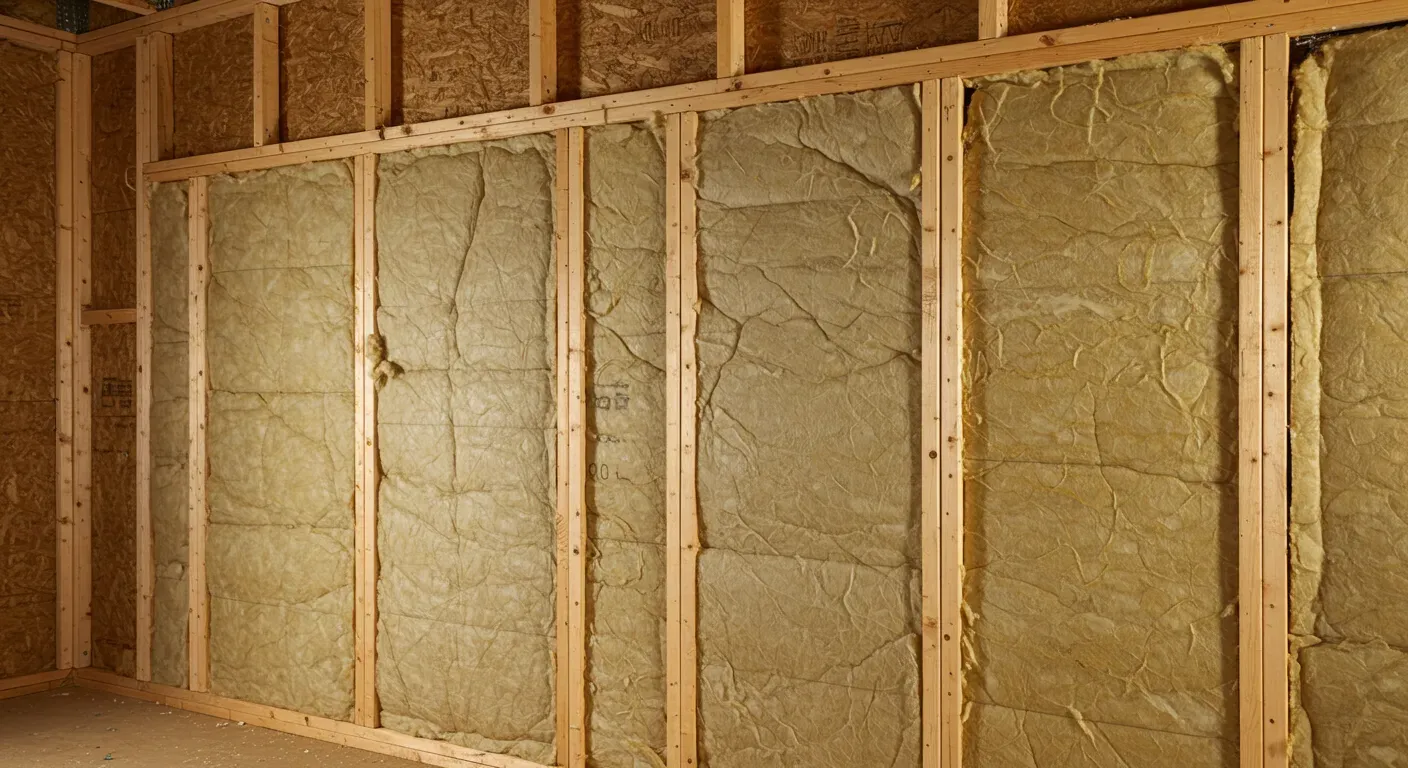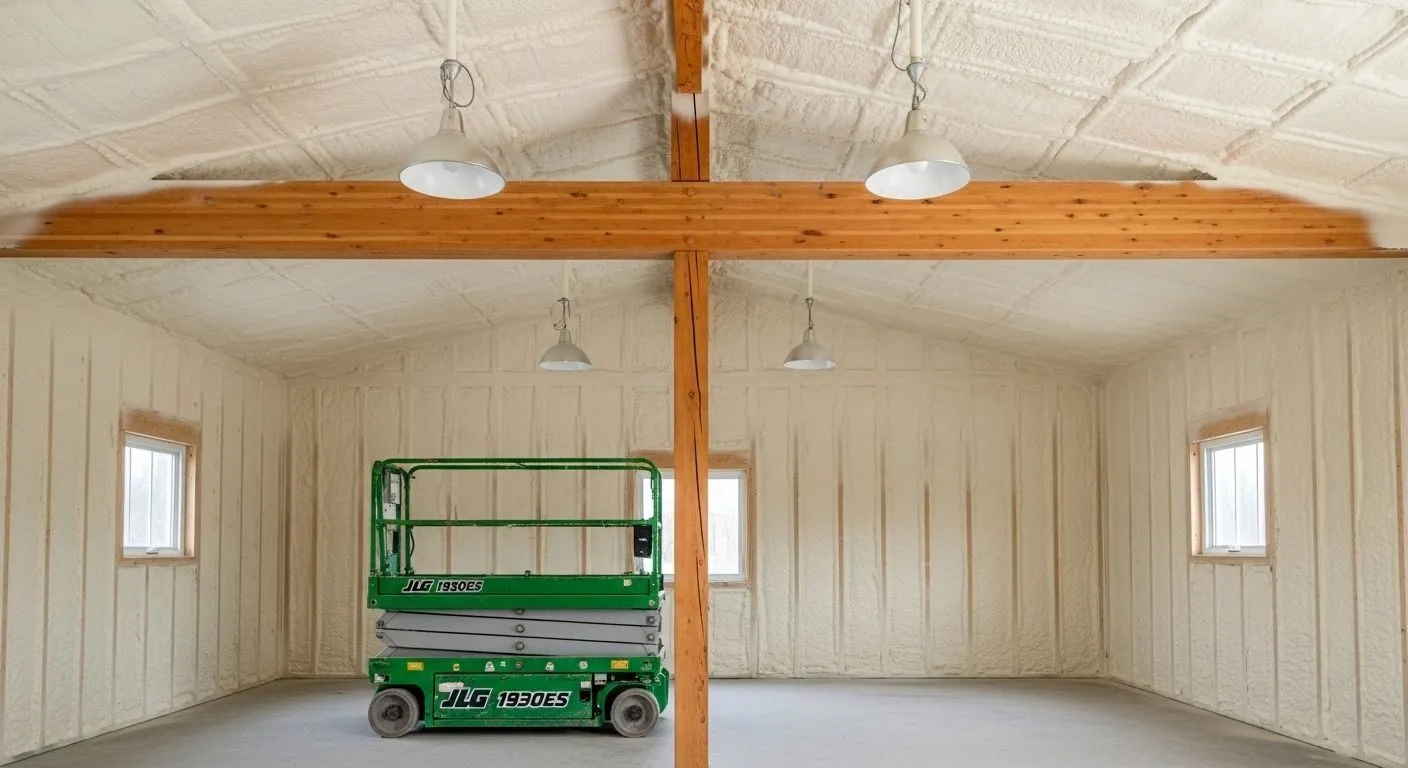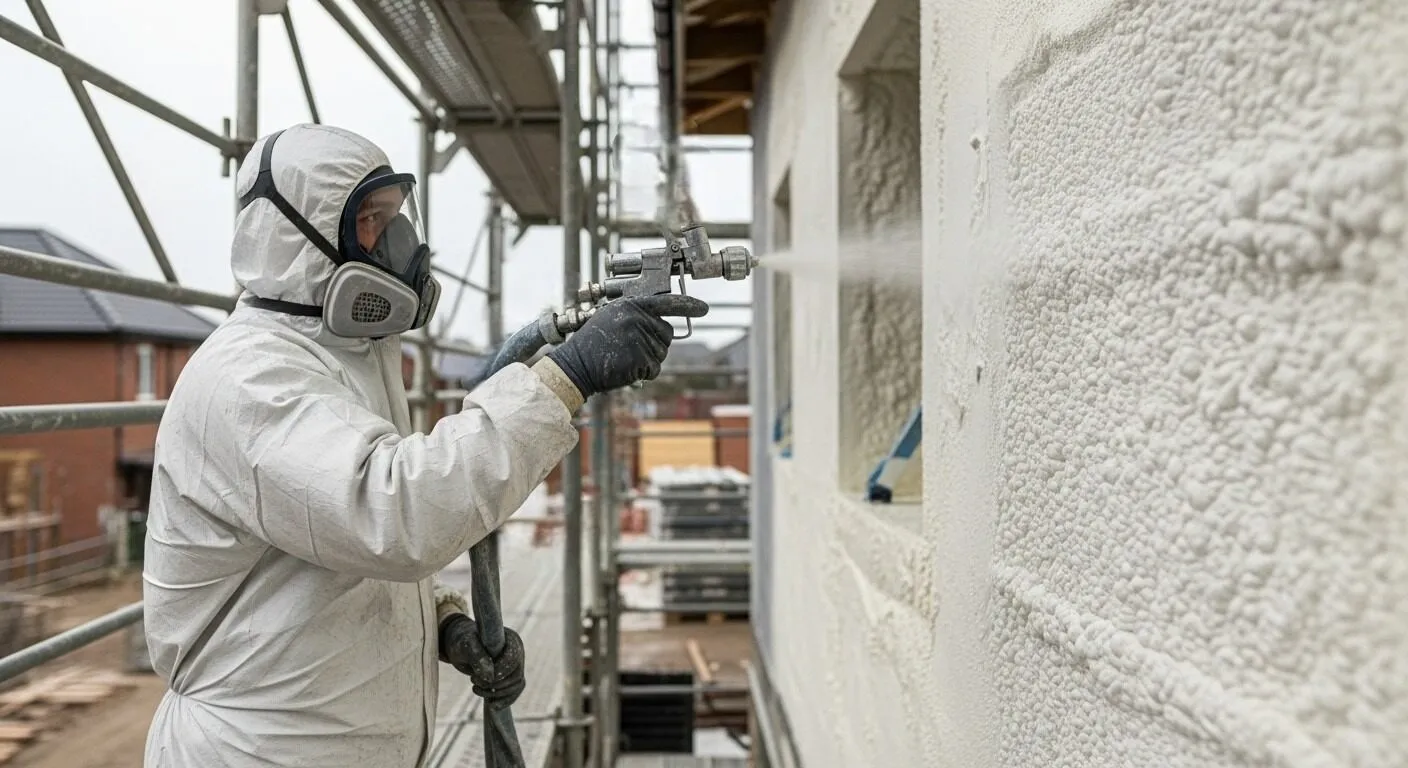
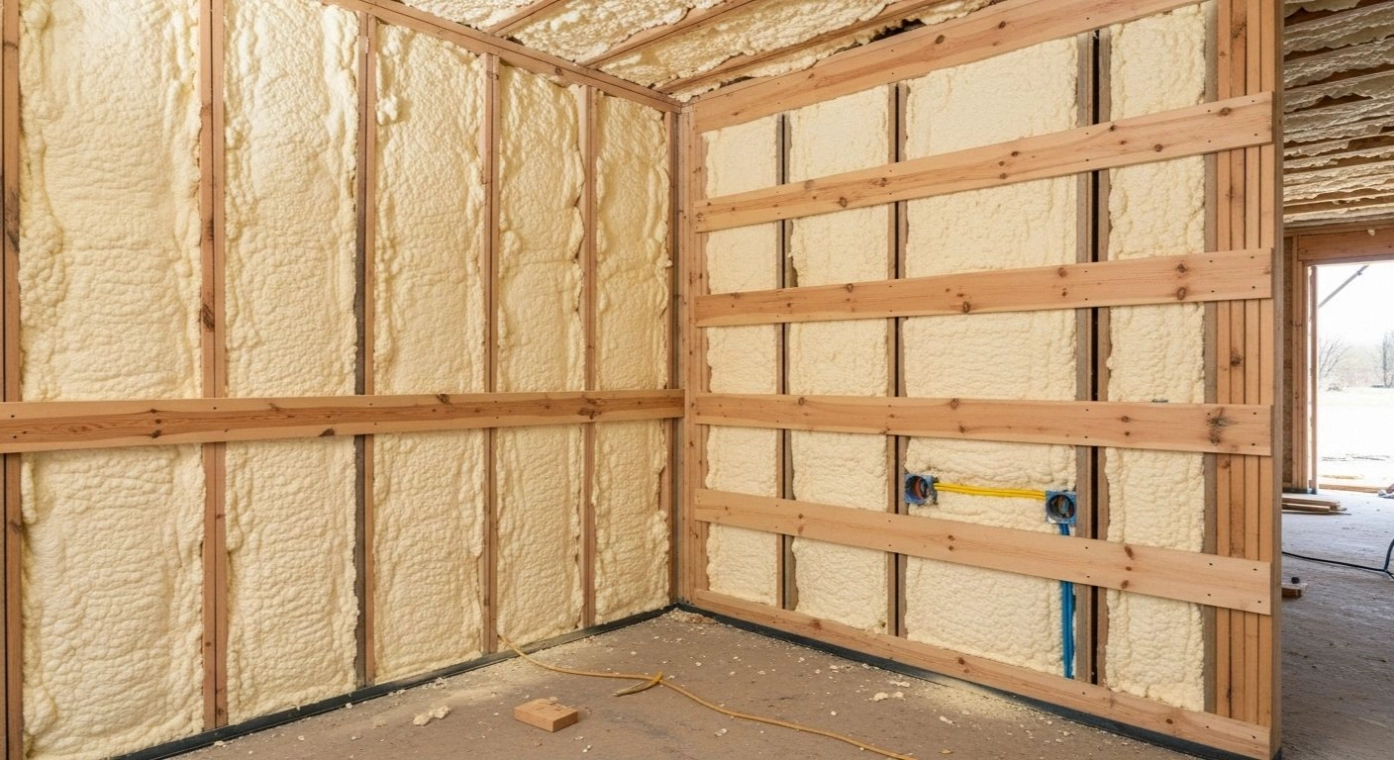
Spray foam insulation is an effective solution for sealing indoor drafts and air leaks. Unlike traditional insulation materials, spray foam expands upon application, filling gaps, cracks, and voids that allow outside air to enter a building. This direct air-sealing property helps create a continuous thermal barrier, reducing drafts and stabilizing indoor temperatures.
In practice, spray foam can address both minor and major sources of air leakage, including gaps around wall penetrations, attic floors, and foundations. For Seattle’s damp and fluctuating climate, effective air sealing prevents cold drafts in winter and minimizes moisture intrusion that can lead to structural issues. This makes spray foam a strong choice for energy efficiency and long-term comfort.
Spray foam insulation combines liquid chemicals that expand into a rigid foam when applied. The material adheres to surfaces and solidifies into a dense or semi-flexible barrier depending on the foam type. By sealing directly at the application site, spray foam stops uncontrolled airflow and improves building performance.
| Foam Type | Density | Expansion Rate | Best Applications | Draft-Sealing Effectiveness |
|---|---|---|---|---|
| Open-Cell Spray Foam | ~0.5 lb/ft³ | Expands up to 100x | Interior walls, attics, sound control | High for small cracks, moderate for moisture control |
| Closed-Cell Spray Foam | ~2 lb/ft³ | Expands up to 40x | Exterior walls, foundations, roofing | Very high for air sealing, excellent moisture barrier |
| Property | Open-Cell Spray Foam | Closed-Cell Spray Foam |
|---|---|---|
| R-Value (per inch) | 3.5 – 3.7 | 6.0 – 7.0 |
| Vapor Permeability | High | Low |
| Structural Strength | Low | High |
| Sound Absorption | High | Moderate |
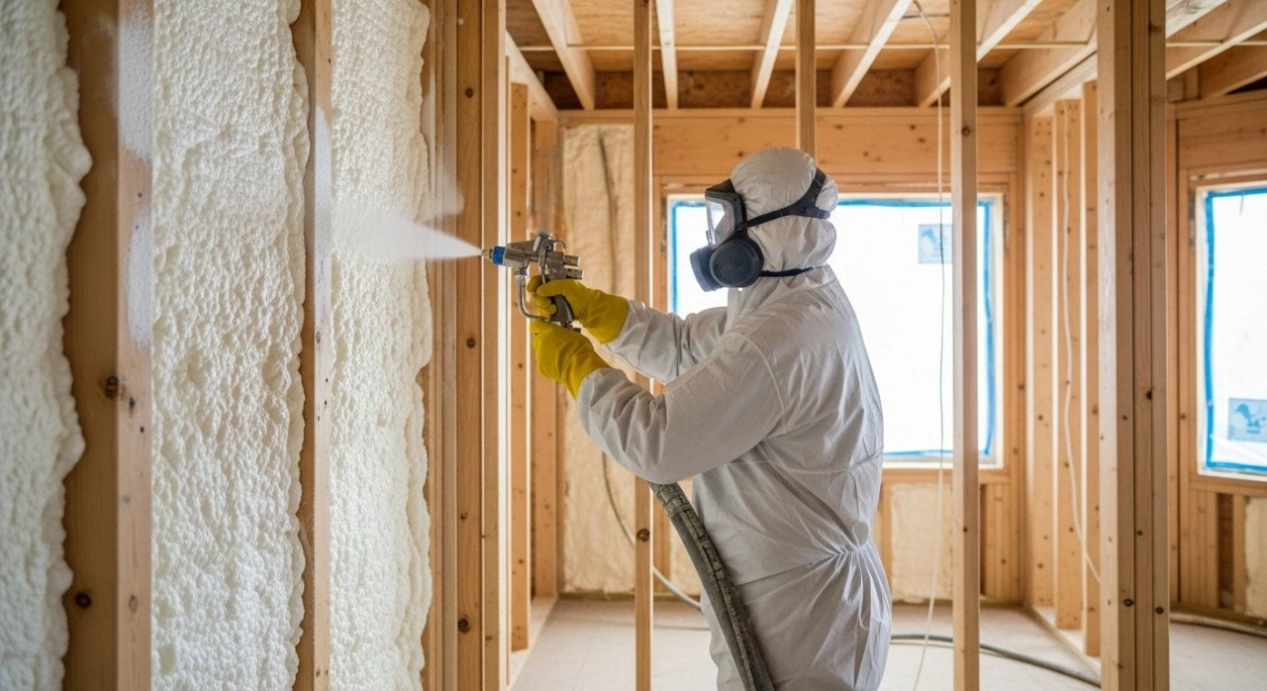
Yes, but only after assessing whether the old insulation is blocking air sealing effectiveness.
It stops air-driven moisture but is not a substitute for waterproofing systems.
Once cured, spray foam is stable and non-toxic. Proper installation practices minimize risks during application.
When properly installed, it can perform effectively for the lifetime of the building.
Spray foam insulation is a direct solution to indoor drafts and air leaks. Both open-cell spray foam and closed-cell spray foam options provide distinct benefits depending on building conditions. Effective application in attics, walls, and foundations reduces energy loss, improves comfort, and limits moisture risks in Seattle’s wet climate. Careful planning and selection ensure long-term performance.
For questions about sealing drafts and insulation options, contact Cascadia Spray Foam of Seattle at (425) 386-3500 or email [email protected]. The team provides expert guidance on residential and commercial spray foam applications across Seattle and surrounding areas.
Yes, closed-cell foam can be painted if desired, though a thermal barrier may be required by code.
Spray foam is not a food source, but rodents can gnaw through it if they are already present.
High-quality spray foams remain stable; poor application may cause shrinkage.
Yes, but it must be carefully applied to preserve ventilation and building integrity.
Typically no, but damaged sections may require touch-ups.

